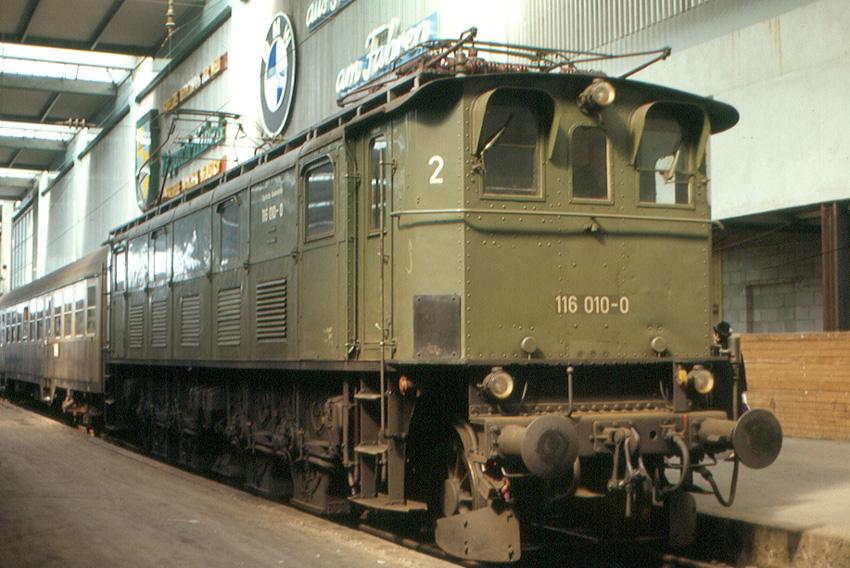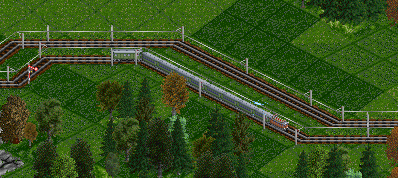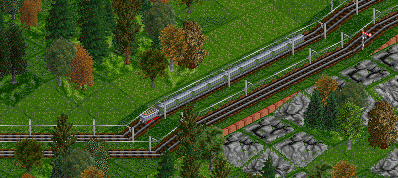Description
During the 1920s a huge electrification program was underway in Bavaria, resulting in several lines starting in Munich being upgraded. That in turn created the demand for an electric engine for fast passenger trains. The earlier designs of electric engines, based on one huge electric motor and using systems similar to steam engines to transfer the motion to the wheels, were unsuitable for high speeds. Therefore, this design uses the so-called Buchli-drive, where each axle is driven by its own electric motor. The engine was introduced in the mid 1920s, by 1927 the were classified as class E 16. About 21 units were built until 1933.
The engines were running on the electric network in southern Bavaria until the 1970s, mainly serving lines between Munich, Rosenheim, Freilassing and Garmisch-Partenkirchen. They hauled fast passenger trains until the 1960s, before being demoted into regional services, as the standardized electric engines of the 1950s took over services. The last units were retired in 1980 after more than 50 years of service.
At the time of the introduction this engine is the best choice by far, when you need something for fast trains in hilly our mountainous terrain, where the steamers of class 18 or class 01 lack tractive effort. It remains the prime choice for such trains until the late 1950s, when the newly developed standard types become available. The biggest obstacle for introducing this type is probably the price.
Images and Screenshots

(© Roger Wollstadt / CC-BY-SA-2.0 via Wikimedia Commons)
A class E16 at Munich main station in 1970.

A unit of class E16 in its original brown livery in front of a fast passenger train.

In the 1930s the machines are colored in gray, here in front of a fast passenger train.
Technical Data
| Name | E 16 |
|---|---|
| Built | 1926-1962 |
| Power | 3182 hp |
| Tractive effort | 141 kN |
| Speed | 75 mph |
| Usage | fast trains, passenger trains |
| Type of terrain | hilly to mountaineous |
Load table
| Speed | train weight |
|---|---|
| 75 mph | 1550t |
| 62 mph | 2200t |
| 50 mph | 3000t |
The values in the table are valid for a flat track.
Links
| Wikipedia | RailfanEurope |
